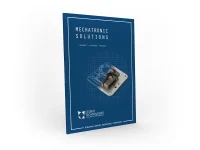Publications
Categories
- (34)
- (9)
- (3)
- (144)
- (18)
- (7)
- (5)
- (8)
- (9)
- (17)
- (2)
- (104)
- (7)
- (15)
- (7)
- (2)
- (1)
- (6)
- (155)
- (20)
- (2)
- (5)
- (111)
- (35)
- (11)
- (4)
- (59)
- (18)
- (3)
- (7)
- (62)
- (18)
- (5)
- (24)
- (7)
- (12)
- (1)
- (2)
- (2)
- (1)
- (1)
- (14)
- (13)
- (4)
- (6)
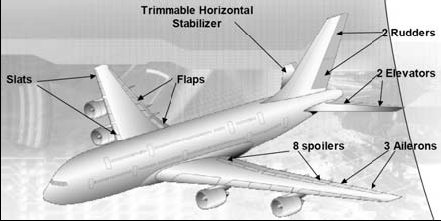
New actuators for space and aircraft applications
19 June 2023
Novel actuation systems are driver of product innovation in aerospace industry. In aircraft industry EHA technology has been recently introduced illustrating the stream of innovation directed on improving performance, reliability as well as economy. On the far side there is the radical concept of a morphing wing which offers optimizing the aerodynamics of an aircraft considerably by shape control. Rotor Active Control utilizing piezo actuation has been proofed to be very successful for vibration and noise reduction in helicopter flight test inspiring confidence in smart structure technology.
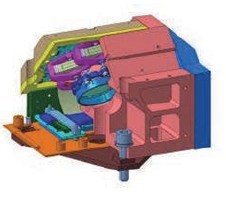
An improved accurate Beam Steering piezoelectric Mechanism for ATlid instrument
19 June 2023
A new tip tilt mechanism based on low voltage piezoelectric actuators has been designed by Cedrat Technologies to answer the high level of stability required for the Earthcare satellite. The Beam Steering Assembly aims to deviate a pulsed high energy UV laser beam to compensate for misalignment between the emission and reception paths of ATLID [1] with a very high stability and resolution. In this paper, the authors points out the BSM development with the main mechanism design issues including performances, mechanical and thermal stability; low power consumption; high integration level; high reliability and safety; cleanliness requirements and give the results of the qualification campaign done at Cedrat Technologies’ to establish the final functional performances in preparation of the Flight Models deliveries for the BSM.
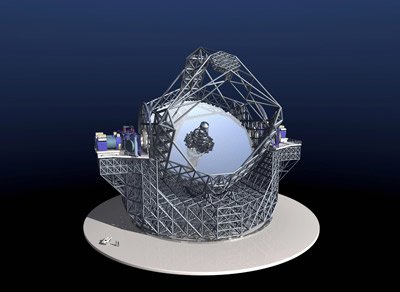
OPTITEC is a shining light of French photonics
19 June 2023
The south of France is home to a thriving optics and photonocs community. Belle Dumé talks to key players to find out the benefits of living and working in the land of light.
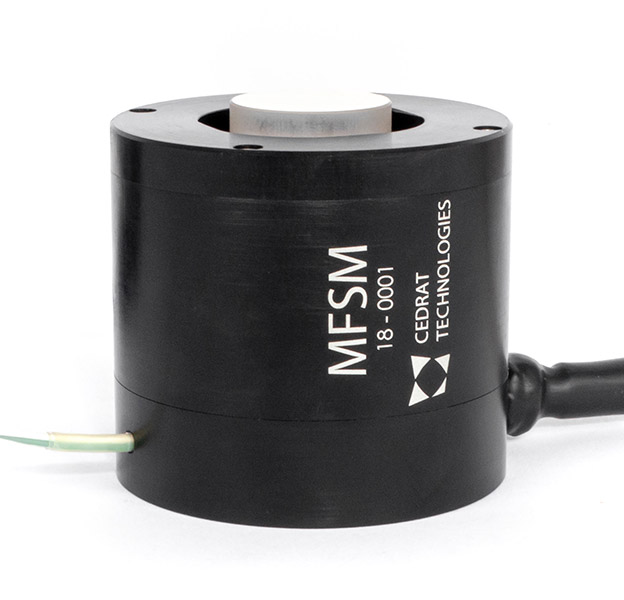
P-FSM150S and M-FSM45 For large scale free space optical communication
8 September 2022
In this publication CEDRAT TECHNOLOGIES (CTEC) presents the design and test results of the P-FSM150S Pointing Ahead Mechanism (PAM) and M-FSM45 Fast Steering Mirror (FSM) Engineering Models, developed under ARTES project TELCO-B for future FSO constellations. The specific cost-efficient hardware design is presented, dedicated to very large quantities to be manufactured, together with the performance test results over a preliminary batch of EM’s production.
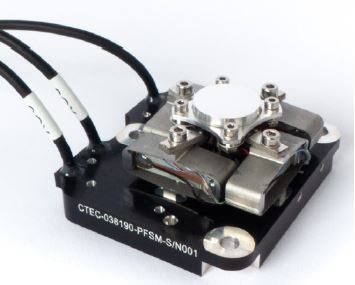
P-FSM150S Fast Steering Mirror for Optical Space Constellations
8 September 2022
New space giant constellations based on Free-Space Optical Communication (FSO) are a new challenge from many perspectives. Considering the mandatory cost efficiency, with repeatability of performances, and reliability with no defect at customer integration, requires an upheaval in space production and acceptance test methods, when the quantities are
beyond several thousands of units. Starting from the former PYSCHE PAM30 flight project heritage for Deep Space
Optical Communication (DSOC), CEDRAT TECHNOLOGIES (CTEC) presents the new design and test results of the
P-FSM150S Fast Steering Mirror (FSM) Engineering Models, developed under ARTES project TELCO-B for future FSO
constellations.
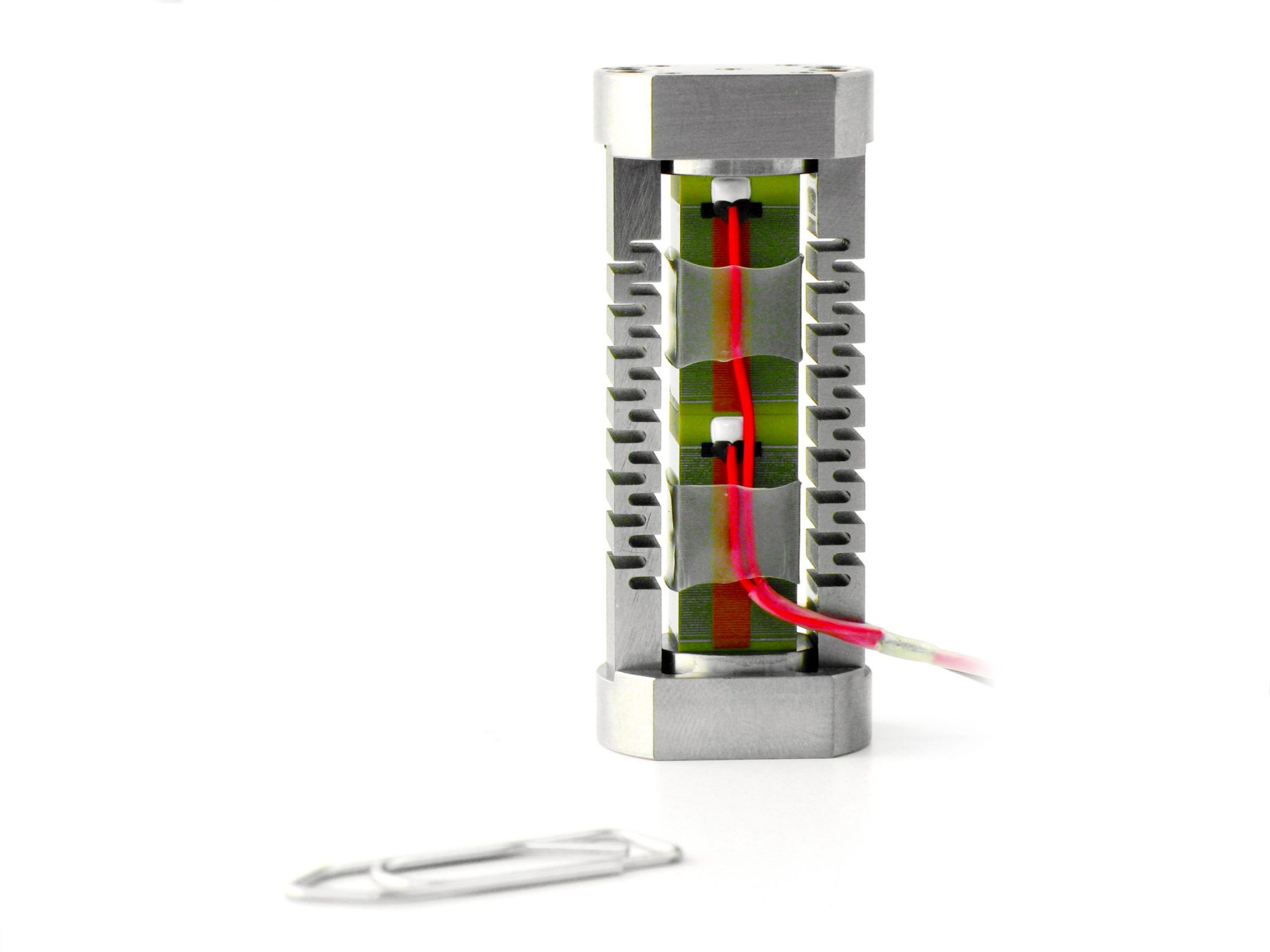
Picard Sodism pointing mechanism based on PPA40M-NM-SV
19 June 2023
PICARD is a French space scientific mission. Its objectives are the study of the origin of the solar variability and the study of the relations between the Sun and the Earth’s climate. The Satellite wassuccessfully launched, on June 15, 2010 on a DNEPR
launcher from Dombarovskiy Cosmodrome, nearYasny (Russia). The payload consists in two absoluteradiometers measuring the total solar irradiance and animaging telescope to determine the solar diameter andasphericity.


